
Roots
The story of textured hair, particularly for those of Black and mixed-race ancestry, is a profound narrative etched into the very helix of cultural memory. It is a story not merely of individual adornment, but of collective resilience , a vibrant chronicle passed through generations, sometimes whispered, sometimes defiantly proclaimed. How we tend our coils, curls, and kinks reflects more than personal preference; it speaks to a deep, abiding connection to our heritage , to the ancestral voices that remind us who we are and where we come from.
Can these practices, so steeped in the past, continue to shape our shared identity and strengthen the bonds that tie us together in the future? This question leads us on a journey through the very strands of existence, from the biological marvel of hair itself to the rituals that have cradled its spirit for millennia.
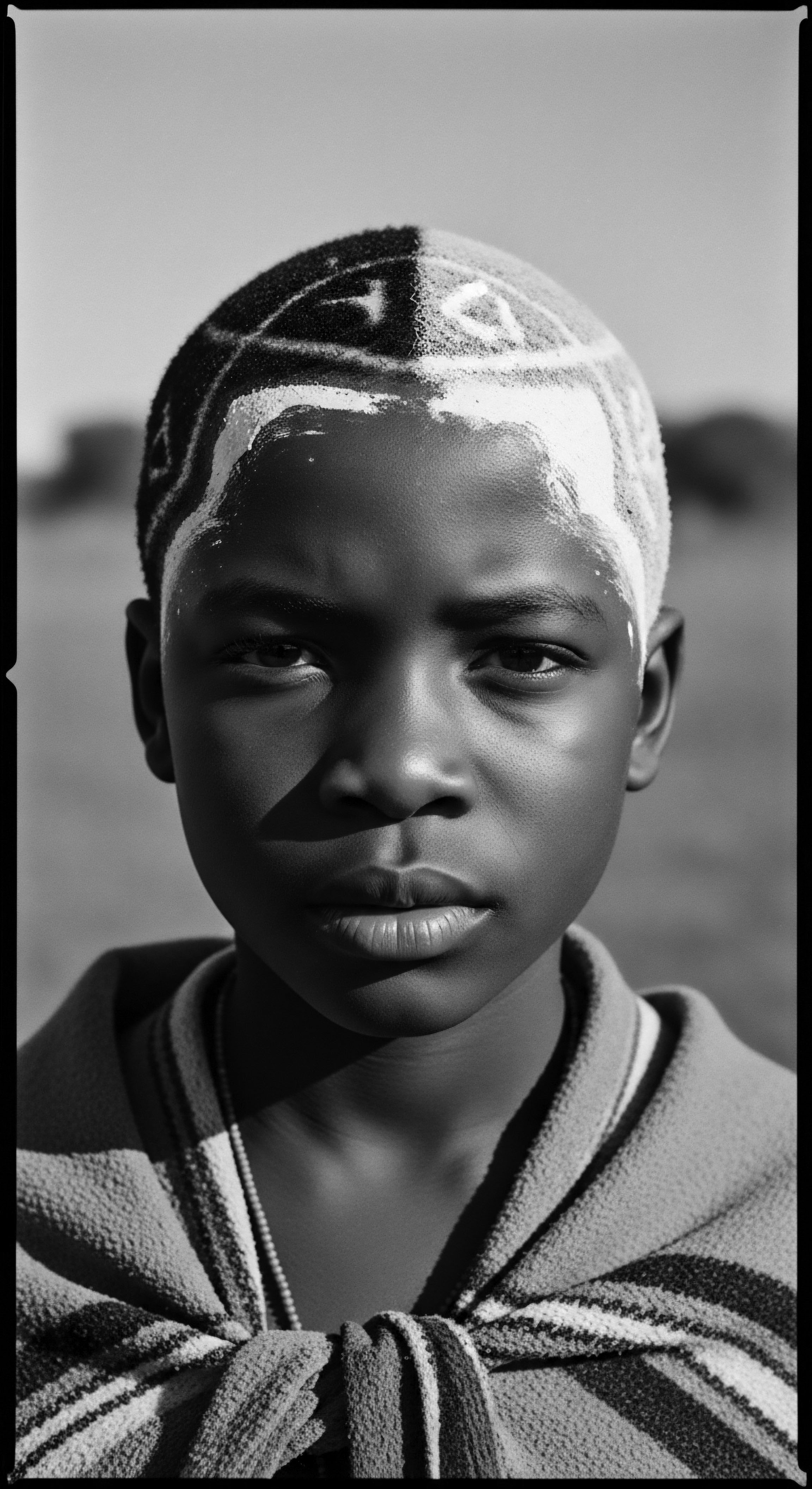
Hair’s Elemental Blueprint
At its fundamental core, textured hair, like all hair, comprises keratinized protein strands emerging from follicular pockets within the scalp. The distinctive coiling patterns that define its very nature stem from the unique elliptical or flat cross-sectional shape of the hair shaft, differing significantly from the more circular shafts of straight hair. This anatomical variation dictates the way the hair grows, twists, and expresses itself. Each turn, each bend, serves as a testament to biological diversity, a physical blueprint carrying ancient codes.
The density of hair follicles on the scalp, the angle at which the hair emerges, and the distribution of disulfide bonds within the keratin all play a part in creating the mesmerizing variety of textures witnessed across the African diaspora. Understanding this elemental biology, though seemingly distant from cultural practice, provides the scientific validation for many traditional care methods that intuitively responded to the needs of these unique hair structures long before microscopes revealed their secrets.
Textured hair’s biological structure, with its distinctive elliptical cross-section and coiling patterns, serves as a foundational link to ancestral adaptations and contemporary care.
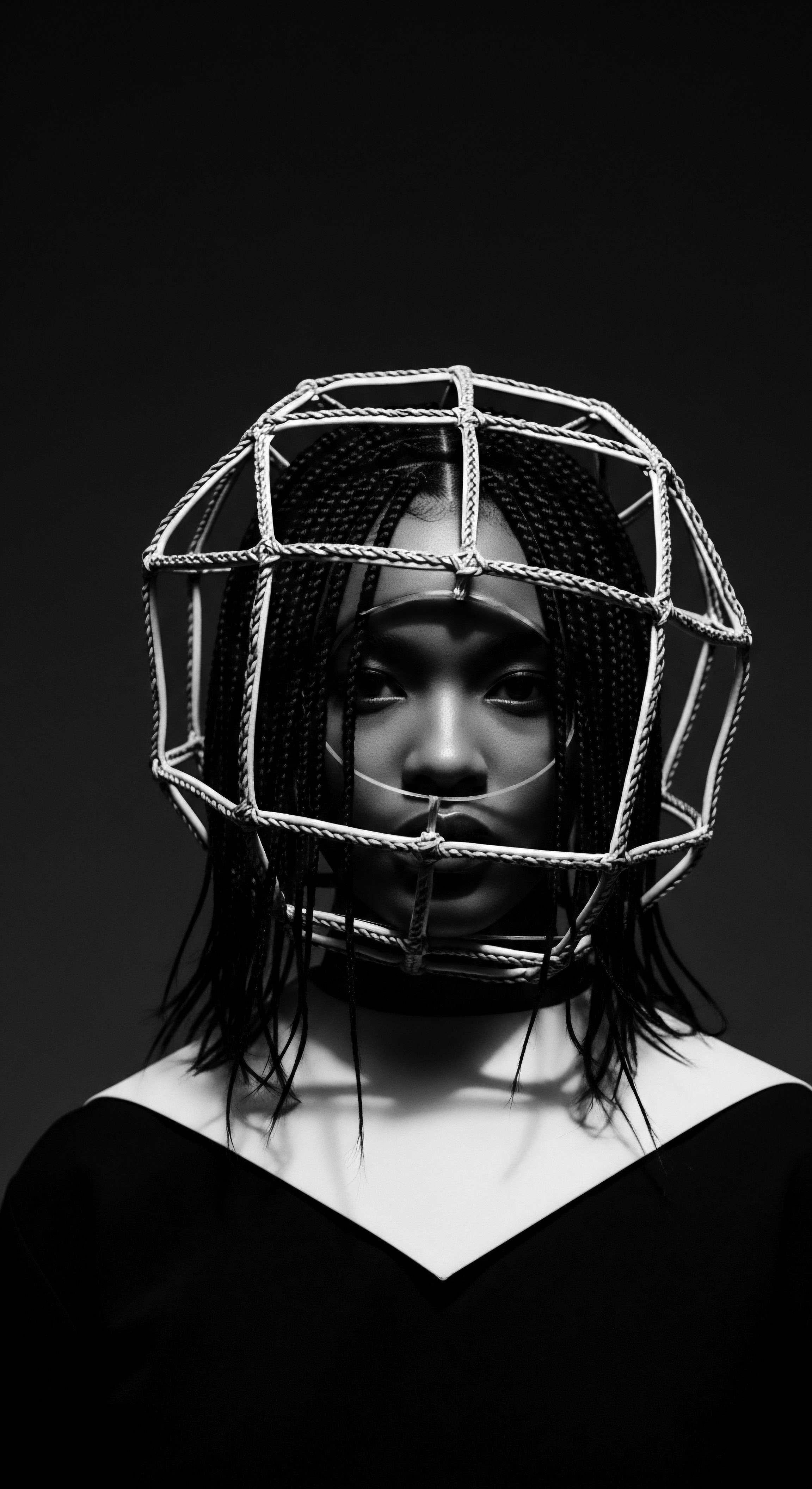
Ancestral Understanding of Textured Hair
Long before modern science codified hair types, ancient African societies possessed an innate, experiential understanding of their hair’s characteristics and requirements. This ancestral knowledge was not articulated in terms of porosity or curl pattern numbers, but through a lived wisdom of what nourished, protected, and honored the hair. Hairstyles served as a complex visual language, communicating an individual’s tribal affiliation, marital status, age, wealth, and even religious beliefs. In these communities, hair was considered the most elevated part of the body, a spiritual antenna connecting individuals to the divine and to their lineage.
For instance, in West African societies, the meticulous art of cornrowing dates back to at least 3000 B.C. with patterns signifying tribe and social stature. These intricate designs were not mere decoration; they conveyed stories, marked life passages, and even held messages. The act of styling itself became a communal ritual, a time for bonding, storytelling, and the intergenerational transfer of wisdom.
Mothers, aunts, and sisters spent hours tending to each other’s hair, sharing not only styling techniques but also oral histories, moral lessons, and ancestral lore. This shared experience solidified communal ties and passed down a legacy of care and identity, ensuring that the heritage of textured hair persisted through touch and spoken word.
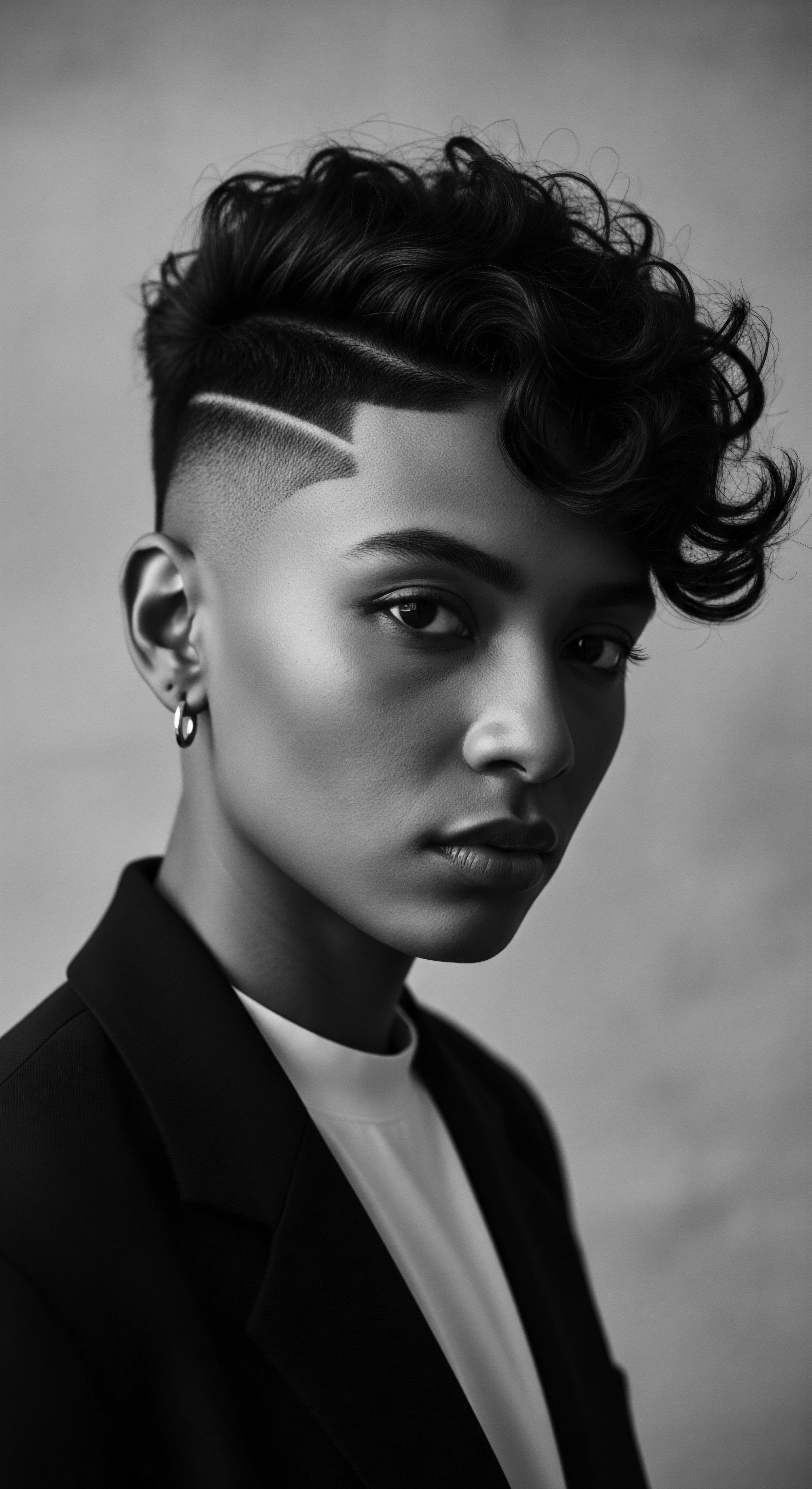
How Did Early Communities Classify Hair?
Early African communities did not categorize hair with the numerical systems used today, yet their practices reveal a profound recognition of diverse textures. Differentiation was understood through the visual and tactile qualities of the hair, leading to specific styles and care regimens suited for various natural forms. Hair that held braids tightly, hair that coiled closely, or hair that stretched with ease received distinct attention.
This intuitive classification arose from daily engagement and observation, fostering a rich lexicon of local terms that described hair’s behavior and appearance, terms often steeped in metaphor and connection to nature. This deep, practical engagement allowed for an organic, nuanced approach to hair care that was inherently suited to the biological variations present within their communities, a true embodiment of adaptive wisdom.
- Irun Didi ❉ A Yoruba term for cornrows, denoting the tightly braided hair close to the scalp, often a signifier of social standing or specific occasions.
- Kolese ❉ Another Yoruba term, sometimes used to refer to cornrows, meaning “a creature without legs,” possibly alluding to the way the braids lie flat against the head.
- Shuruba ❉ An Ethiopian and Eritrean term for braided hairstyles, including cornrows, highlighting regional variations of traditional practices.
- Chebe Powder ❉ Traditionally used by the Basara Arab women in Chad, this powder blend promotes moisture retention and hair health, passed down through generations for its efficacy.
The very language used to describe textured hair in ancient times speaks to a nuanced understanding that pre-dates scientific models. It was a language rooted in daily life, communal practices, and reverence. The concept of “good hair” or “bad hair,” a damaging construct that emerged from Eurocentric beauty standards during the transatlantic slave trade, was absent from these original cultural contexts.
In its place existed an appreciation for the inherent beauty and distinct capabilities of each hair type, each curl pattern holding its own unique form of splendor. This heritage of intrinsic value, tragically disrupted by centuries of oppression, serves as a powerful reminder of the deep wellspring from which modern textured hair movements draw their spirit.
The systematic shaving of heads during the transatlantic slave trade was a deliberate act of cultural and identity erasure, aimed at stripping enslaved Africans of their connection to their past and their collective self. Yet, even in the face of such brutality, fragments of these ancient practices persisted, often adapted for survival and clandestine communication, demonstrating the enduring power of hair as a vessel for identity and resistance.

Ritual
From the grounding in foundational understanding, our journey leads us to the heart of textured hair practices ❉ the enduring rituals of care and styling. These are not mere aesthetic routines; they are living traditions, threads connecting present hands to ancestral wisdom, each twist and application a continuation of a profound heritage . The methods, tools, and intentions behind textured hair styling have shaped communities, serving as powerful declarations of identity and belonging.

Styling as a Communal Expression
The communal act of hair styling, especially braiding, holds immense cultural weight. In many African societies, these sessions were intimate gatherings, spaces where stories were shared, wisdom passed, and bonds strengthened across generations. It was an activity that transcended individual grooming, becoming a social ritual where cultural knowledge was transmitted and reinforced. The complex geometric patterns often found in braided styles, such as cornrows, could convey not only social status or tribal origin but also serve as a form of nonverbal communication.
During periods of intense oppression, this visual language took on a secretive, rebellious quality. For instance, during enslavement, stories recount how enslaved Africans would braid intricate patterns into their hair to map escape routes, concealing seeds or gold within the plaits as sustenance for their journey to freedom. This remarkable historical example underscores how hair practices served as a vital tool for survival and solidarity, transforming a personal act into a collective endeavor for liberation.
The evolution of protective styles, deeply rooted in African traditions, stands as a testament to ingenuity and a profound understanding of textured hair’s needs. These styles, which tuck away delicate ends and minimize manipulation, were initially developed to safeguard hair from environmental elements and reduce breakage. They simultaneously served as canvases for intricate artistic expression and communal identity.
| Aspect Core Purpose |
| Historical Practices (Heritage) Protection from elements, social signaling, spiritual connection, communal bonding. |
| Modern Interpretations (Evolution) Protection from manipulation, length retention, versatility, stylistic expression. |
| Aspect Materials/Tools |
| Historical Practices (Heritage) Natural fibers, shells, beads, clay, ancestral oils, simple combs, fingers. |
| Modern Interpretations (Evolution) Synthetic/human hair extensions, elastic bands, satin scarves, specialized styling tools, commercially produced oils. |
| Aspect Social Context |
| Historical Practices (Heritage) Communal activity, intergenerational knowledge transfer, deep cultural meaning. |
| Modern Interpretations (Evolution) Often individual practice, online tutorials, salon experience, broader beauty industry influence. |
| Aspect Identity Marker |
| Historical Practices (Heritage) Direct indicator of tribal identity, social standing, life events. |
| Modern Interpretations (Evolution) Personal expression of cultural pride, resistance to Eurocentric norms, connection to ancestral roots. |
| Aspect The enduring wisdom of protective styling continues to guide contemporary practices, connecting present-day choices to a rich, ancient lineage of hair care. |

How Does Shared Styling Build Community Bonds?
The very act of shared hair care, from the communal braiding sessions of West Africa to the modern-day “kitchen beautician” experiences in diasporic homes, cultivates a unique form of community solidarity. These moments are more than functional; they are spaces for vulnerability, trust, and intimate connection. The rhythm of fingers working through strands, the quiet conversations, the shared laughter, the passing down of techniques from elder to youth—all contribute to a palpable sense of belonging.
This intimate ritual fosters intergenerational dialogue, reinforces family ties, and builds networks of mutual support. It is a practical application of shared heritage, where the personal becomes collective.
Consider the enduring practice of African Threading, a heat-free method of stretching hair that dates back centuries. This technique, passed down through families, not only preserves hair health but also provides an opportunity for hands-on teaching and learning. It’s a quiet testament to a continuous chain of knowledge. The legacy of such practices, honed over generations, reflects an deep understanding of hair mechanics and a commitment to preserving its natural vitality without relying on external, potentially damaging influences.
Hair care rituals serve as intimate spaces where cultural knowledge flows between generations, strengthening familial and communal bonds.
The tools and techniques employed in styling textured hair also bear the marks of heritage . From simple wooden combs to the artistry of coiling with fingers, these methods are rooted in a history of necessity and innovation. The adoption of new tools and products in modern times, while expanding possibilities, often finds its most effective application when informed by the underlying principles of traditional care.
The contemporary movement towards embracing natural hair often involves a re-discovery of these ancestral techniques, a reclamation that fortifies individual identity and reinforces group cohesion around a shared history of textured hair. This return to natural forms and methods is a direct acknowledgment of the powerful legacy of those who preserved these practices against immense pressure to conform.
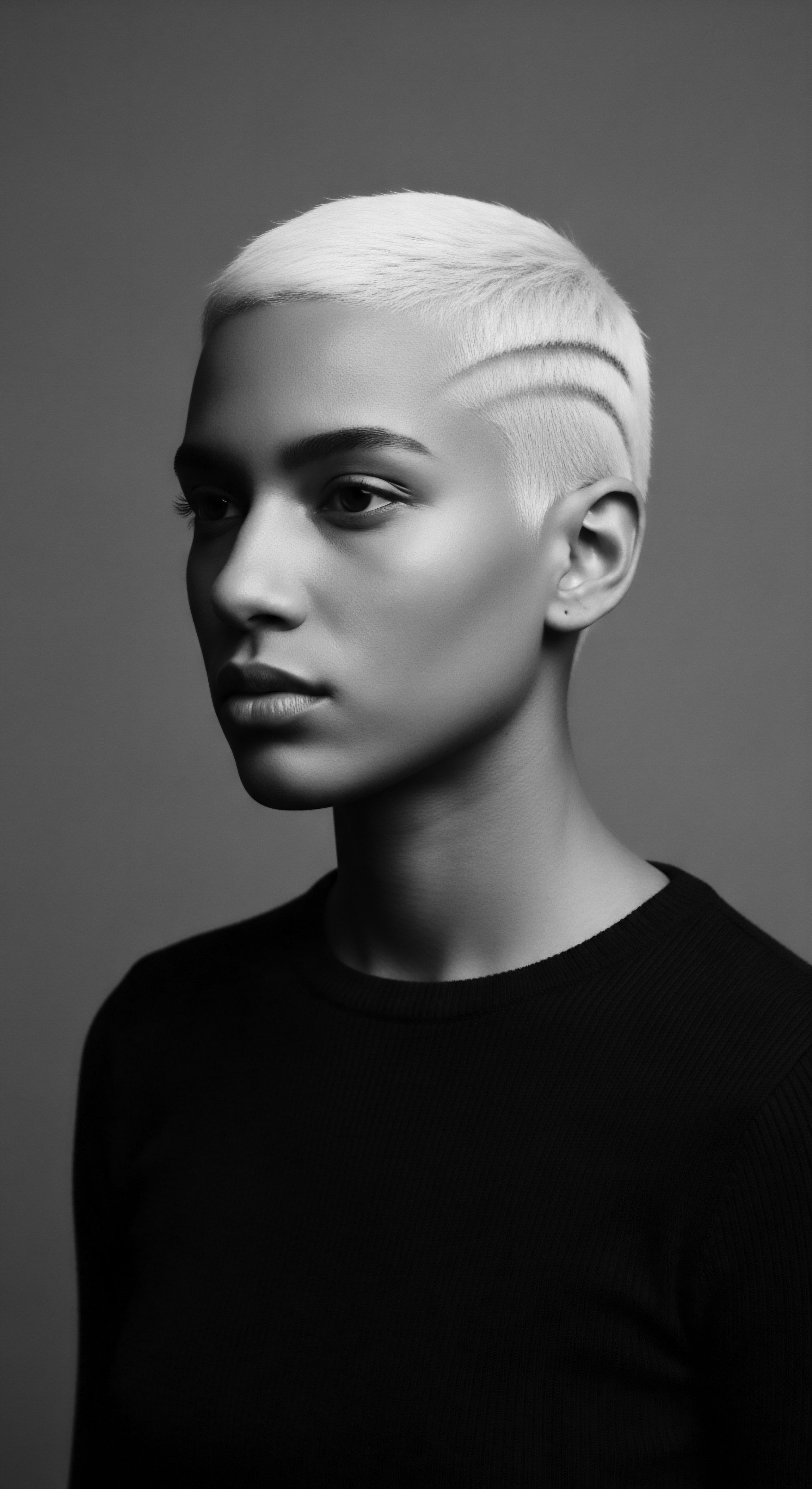
Relay
The practices surrounding textured hair, far from being static relics of the past, constitute a living relay of cultural knowledge, identity, and solidarity that continues to shape futures. This ongoing transmission, from elemental biology through cherished rituals, culminates in powerful expressions of self and collective strength. The dialogue between historical continuity and contemporary adaptation demonstrates how the deepest roots of our hair traditions reach forward, influencing the very fabric of community.
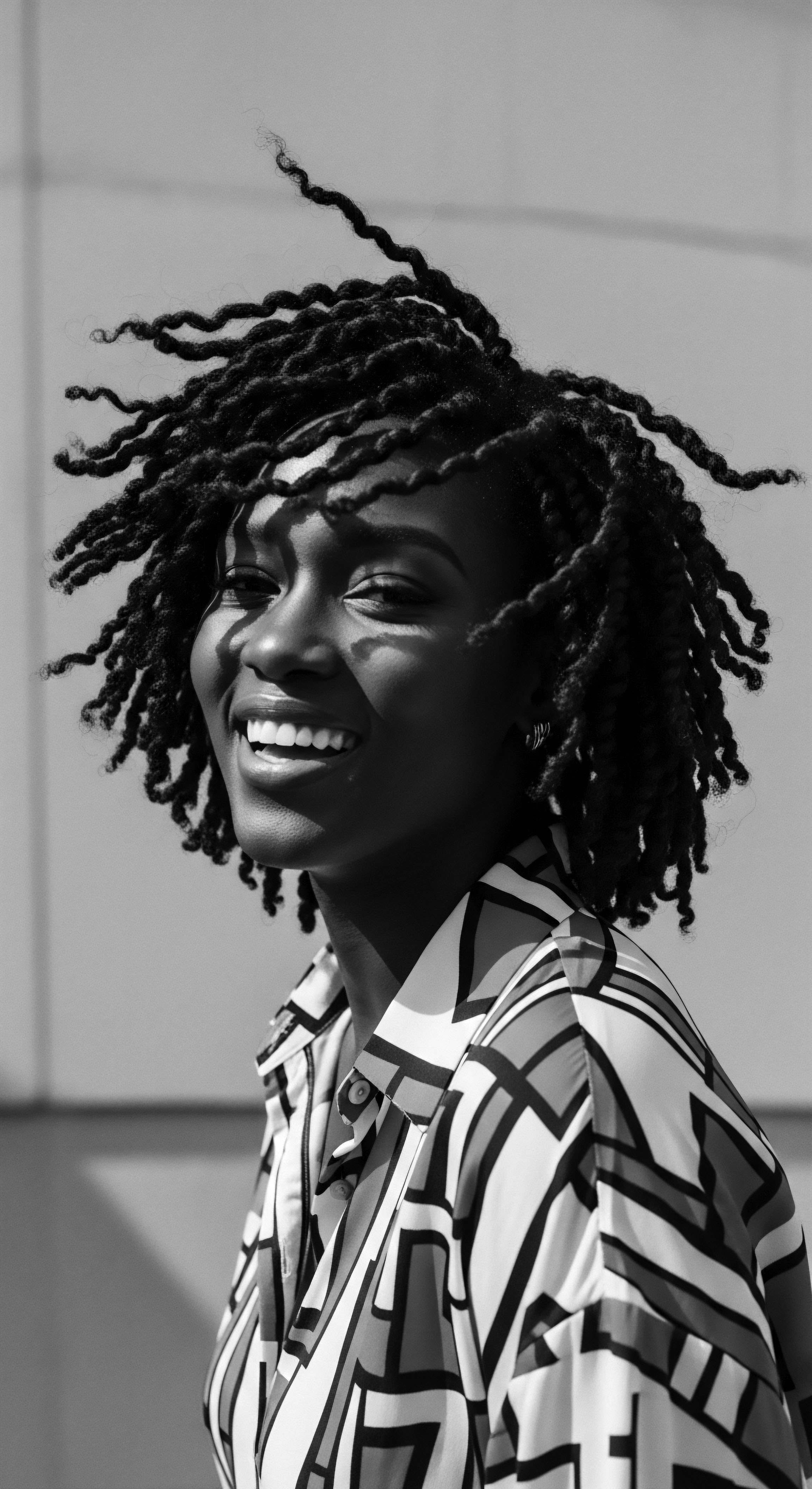
How Do Hair Practices Voice Collective Identity?
The embrace of textured hair has served as a potent declaration of collective identity, a visible testament to resilience in the face of systemic efforts to diminish Black and mixed-race aesthetic expressions. Historically, under colonial and enslavement regimes, the intentional shaving of hair and the imposition of Eurocentric beauty standards were tools of dehumanization and cultural erasure. In response, the defiant wearing of natural textures and traditional styles became an act of resistance and self-affirmation.
The Black Power Movement of the 1960s and 1970s stands as a powerful historical example of this phenomenon. The widespread adoption of the Afro hairstyle became a direct symbol of Black pride, empowerment, and a rejection of forced assimilation. This political statement, worn on the crowns of activists, artists, and everyday individuals, visually united a community fighting for civil rights and racial equality.
It was not merely a hairstyle; it was a counter-hegemonic movement, a reclamation of a subjugated aesthetic, and a tangible manifestation of collective identity (Byrd and Tharps, 2014). This embrace of the Afro created a profound sense of solidarity , a shared visual language that communicated defiance and self-love.
Today, this legacy continues through the broader natural hair movement, which, aided by digital connectivity, has expanded conversations around textured hair globally. Online communities, virtual tutorials, and social media platforms have created new spaces for sharing advice, celebrating diverse textures, and fostering a sense of shared journey. This digital communal space allows for the preservation and re-interpretation of ancestral practices, providing a contemporary avenue for cultural exchange and reinforcement of identity across geographical divides. These platforms serve as modern-day braiding circles, exchanging knowledge and affirming beauty that was once marginalized.
The persistent discrimination against textured hair in professional and educational settings, despite its deep cultural significance, underscores the ongoing need for collective action. Studies continue to show biases against natural hairstyles. For example, a 2020 Duke University study found that Black women with natural hairstyles were perceived as less professional and less competent, and were less likely to be recommended for job interviews compared to candidates with straight hair.
This pervasive bias has spurred legislative efforts like the CROWN Act in the United States, which prohibits discrimination based on hair texture and protective styles. The movement to enact such legislation is a direct expression of community solidarity, demonstrating how shared hair practices can catalyze collective advocacy and legal reform, shaping a more equitable future.
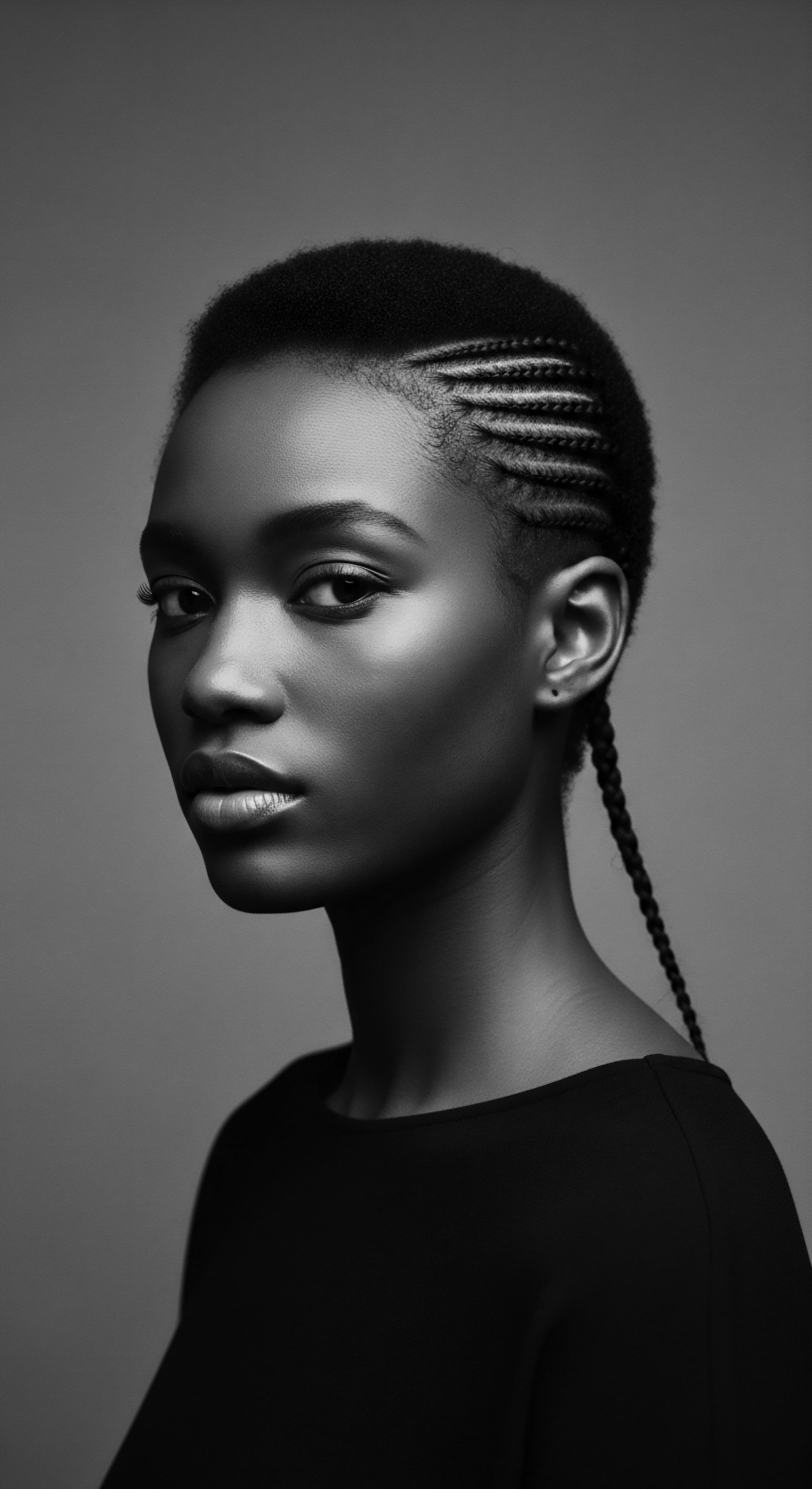
Can Science Confirm Ancestral Hair Practices?
Modern hair science increasingly offers validations for long-standing ancestral care practices, bridging the ancient and the contemporary. The understanding of textured hair’s unique structural vulnerabilities—its propensity for dryness due to the coiling pattern inhibiting sebum distribution, and its susceptibility to breakage at the curves of the helix—lends scientific credence to traditional protective methods.
Consider the age-old use of natural butters and oils in African hair care. Ingredients such as shea butter , cocoa butter , coconut oil , and argan oil , all deeply rooted in traditional African beauty rituals, are now scientifically recognized for their rich emollient properties, high concentrations of fatty acids, and vitamins. These components provide superior moisture sealing, cuticle smoothing, and scalp nourishment, precisely addressing the challenges inherent to textured hair types.
For instance, the use of a lightweight oil like jojoba or olive oil to seal in water-based moisture, a practice often passed down through generations, directly corresponds to modern scientific recommendations for reducing hygral fatigue and maintaining hydration in highly porous hair. The emphasis on gentle manipulation and protective styles, passed down as ancestral wisdom, minimizes the stress on fragile hair strands, a principle now understood through the biomechanics of hair elasticity and tensile strength.
- Shea Butter ❉ A revered West African ingredient, rich in vitamins A and E, providing deep moisture and acting as a protective barrier against environmental damage.
- Baobab Oil ❉ Extracted from the “Tree of Life,” it offers profound conditioning and elasticity due to its omega fatty acid content, a traditional secret for hair vitality.
- African Black Soap ❉ A traditional cleanser from West Africa made from plantain skins and cocoa pods, known for its gentle yet effective cleansing properties, preserving natural oils.
- Chebe Powder ❉ An ancestral Chadian blend of herbs that fortifies hair strands, promoting length retention through reduced breakage, reflecting a deep botanical understanding.
The interplay between these ancient methods and contemporary scientific insight reveals a profound truth ❉ ancestral practices were often sophisticated, intuitive applications of principles we now seek to explain. This convergence reinforces the value of traditional knowledge , demonstrating that the wisdom inherited from our forebears is not antiquated but rather a wellspring of effective, holistic care. By understanding the scientific underpinnings of these heritage practices, we strengthen their legitimacy and encourage a continued relay of this valuable information, ensuring its place in future wellness paradigms. This connection fosters not only healthy hair but also a deeper appreciation for the ingenuity of past generations.

Reflection
The journey through the strands of textured hair reveals a profound truth ❉ its care and styling practices are far more than superficial choices. They are a living, breathing archive of heritage , echoing the wisdom of generations and serving as powerful catalysts for community solidarity and identity . From the microscopic wonders of the hair shaft to the sprawling historical narratives of resilience and resistance, each curl and coil holds a story, a connection.
This journey is about the enduring legacy of touch—the hands that braided in ancient villages, the fingers that concealed maps for freedom, the stylists who transformed rebellion into beauty. It is about the intimate spaces created around hair, where shared experiences forge unbreakable bonds. The scientific validations of ancestral remedies and techniques serve as a beautiful testament to the intuitive brilliance of those who came before us, solidifying the idea that our heritage offers not just comfort, but profound, practical wisdom.
In every careful detangling, every deliberate application of ancestral oils, every purposeful styling choice, we engage in an act of continuity. We honor the path walked by those who nurtured their hair despite immense pressures, celebrating a beauty that was often deemed unacceptable by a world unwilling to see its splendor. The future of textured hair practices, then, is not about innovation alone; it centers on a conscious commitment to this rich lineage , recognizing that in preserving these traditions, we are truly building a stronger, more affirmed collective identity for generations to come. The soul of a strand, indeed, holds the echoes of countless souls, intertwining past, present, and the promise of what is yet to be.

References
- Byrd, Ayana, and Lori L. Tharps. 2014. Hair Story ❉ Untangling the Roots of Black Hair in America. St. Martin’s Publishing.
- Hill, D. 2024. Rhetoric of Natural Hair ❉ Cultural Contradictions. Advances in Applied Sociology, 14, 504-516.
- Matjila, Chéri R. 2020. The Meaning of Hair for Southern African Black Women. University of the Free State.
- Mbilishaka, Afiya M. 2020. Psychology of Black Hair.
- Nyela, Océane. 2021. Braided Archives ❉ Black Hair as a Site of Diasporic Transindividuation. YorkSpace.
- Rosado, Sybille. 2003. The Grammar of Hair.
- Sherrow, Victoria. 2023. Encyclopedia of Hair ❉ A Cultural History. Greenwood Press.
